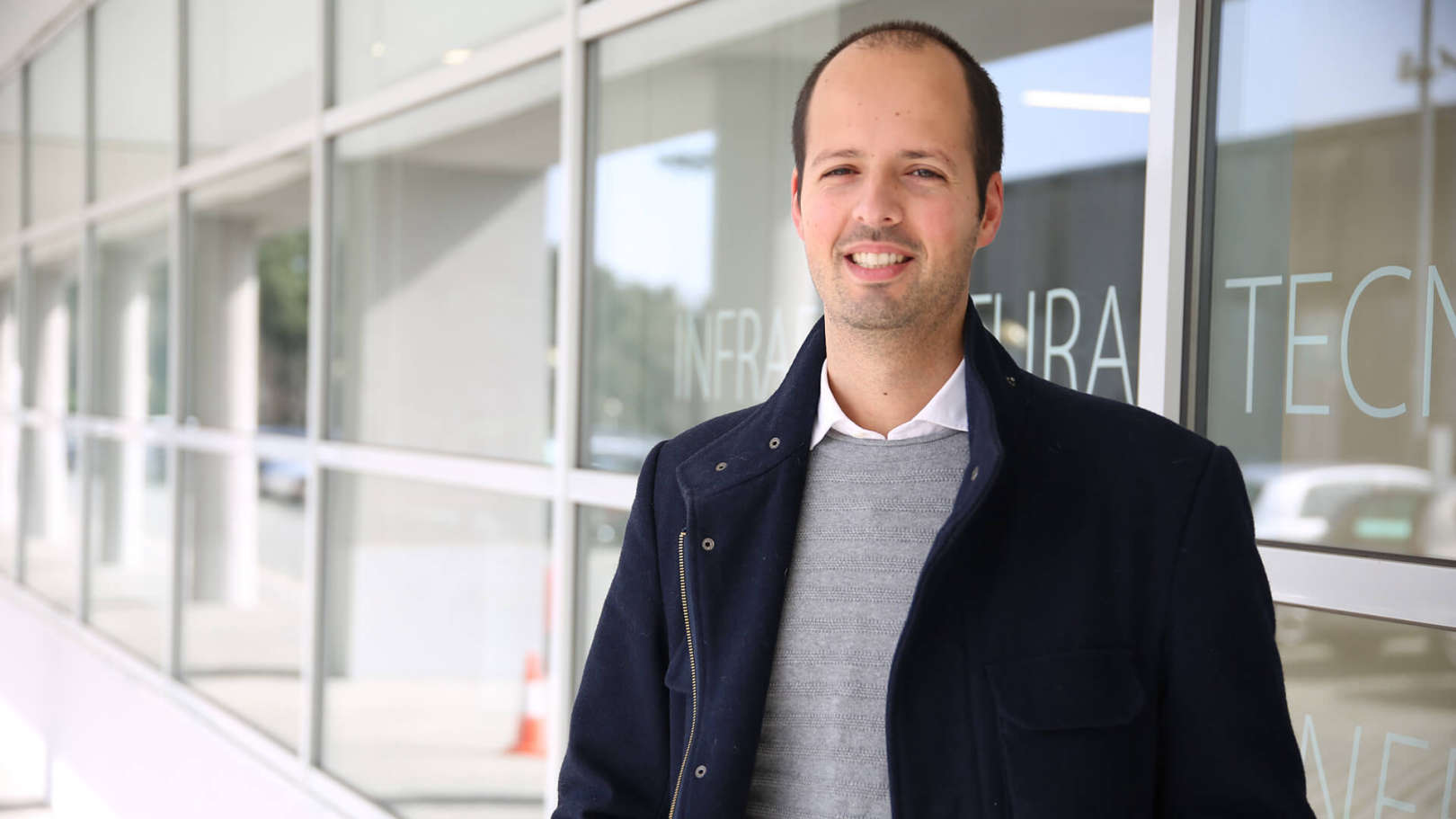About
Daniel Vasconcelos was born in Espinho (Portugal) in 1988 and he is a Registered Tech Transfer Professional (RTTP). Currently, he is the Head of INESC TEC’s Technology Licensing Office (TLO) and his main goal is to boost the societal impact of the R&D results. Leading a team of three tech managers, Daniel paves the way for the development and commercialization of deep tech solutions, bridging the gap between the Lab and the Market. Daniel oversees a portfolio of 33 active patent families in ICT, medical technology, and instrumentation fields. He is also a consultant for INESC TEC spin-offs. He is also a European IP Helpdesk Ambassador for Portugal, a pro-bono first-line IP support service for SMEs and partners of European projects. Daniel is also a member of renowned organizations that foster Intellectual Property and Knowledge Transfer, such as the ASTP, the TTO Circle, the PATLIB network and the i3PM. He is an invited IP and Business Strategy speaker, including software and open-source licensing. Daniel is an invited professor at Faculdade de Engenharia da Universidade do Porto for medical technology development (Biodesign) and Management courses. He holds a PhD in Biomedical Sciences, an MSc in Bioengineering, and an MSc in Innovation Economics and Management, all from U.Porto, and has extensive advanced training by the EPO, CEIPI, WIPO, and Harvard Law School.


